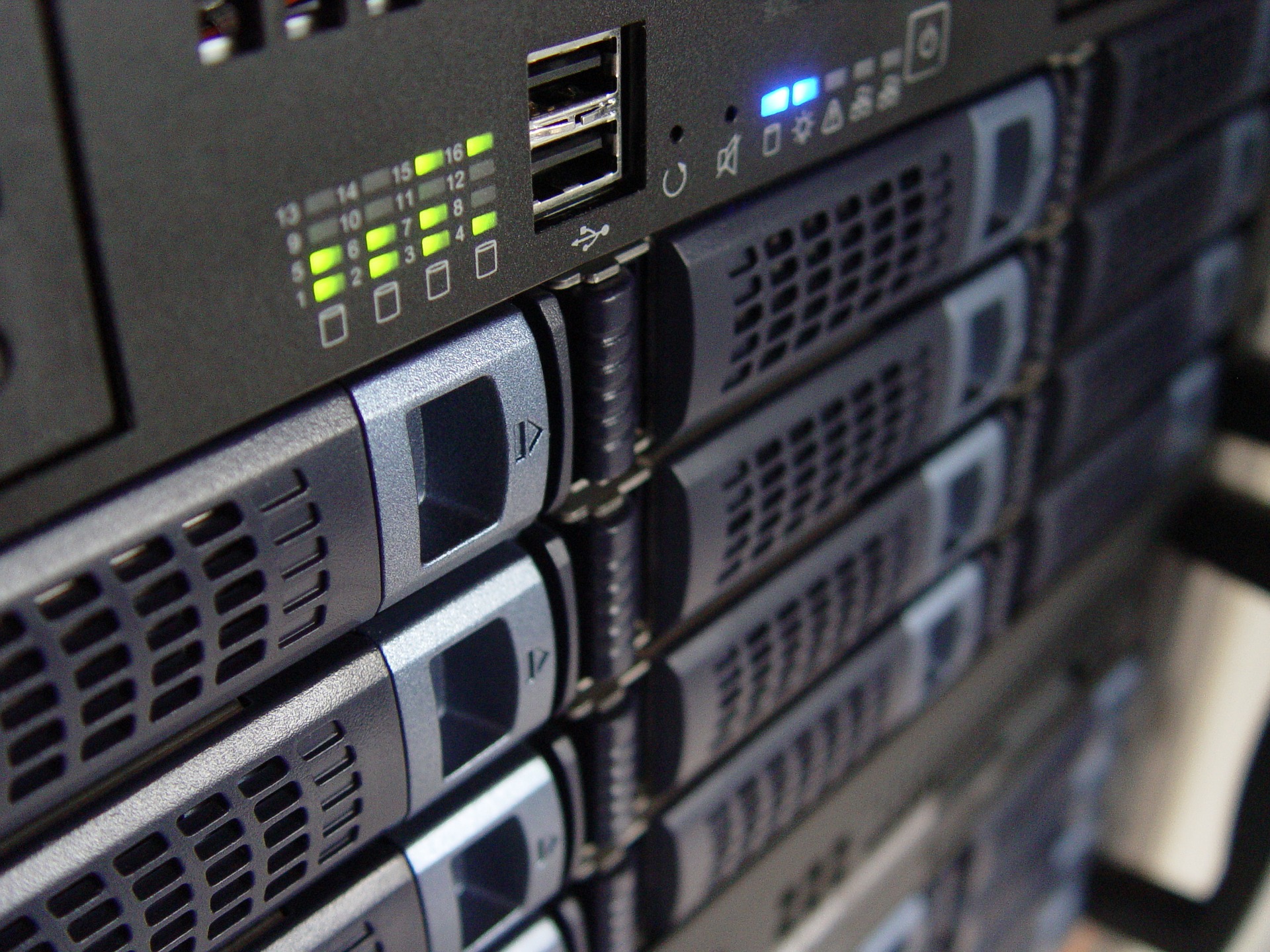An important phase in history was the set of the fourth generation of Operating Systems.
Developing high-integration circuits allowed the chips to contain thousands of transistors per square centimeter. Because they were cheap, minicomputers were affordable for a department in a company, university, or even an individual who could have their personal computer.
In 1974, when Intel introduced the 8080 variant, an operating system was required to test it. At this time, an 8-inch floppy disk was created.
The starting of DOS
In the 1980s, IBM designed the PC and was looking for software to run it. IBM employees contacted Bill Gates for a license for Basic Interpreter and asked him if he knew of any operating system running on the PC.
Gates suggested contacting Digital Research, the world’s leader in operating systems. A terrible decision in business history was when the founder of Digital Research, Gary Kidlall, refused to meet IBM representatives and sent them one of the employees. The issue worsened when Digital Research’s lawyer declined to sign the contract with IBM.
IBM then turned to Bill Gates and asked him if he had any other option with any operating system. Gates knew Seattle Computer Products had an operating system suitable for DOS (Disk Operating System). He bought this for $50,000. Gates offered IBM the DOS / Basic package. IBM wanted modifications, so Gates asked the person who wrote DOS to modify it and hired him into Microsoft’s newly created company.
The modifications were renamed MS-DOS, and it soon became dominant in the market. It was one of the most used operating systems of the fourth generation.
Later versions of MS-DOS were 80386 and 80486. Although its earlier versions were primitive, later versions contained many additional options taken from Unix. MS-DOS and other operating systems were based on the commands the user typed from the keyboard. Doug Engelbart created the interface we use now. So was designed the GIU (Graphical User Interface), which uses windows, icons, menus, and mouse.
Launching Macintosh
Steve Jobs, one of the founders of Apple Computer, decided to build an Apple with a GUI. This project was called Lisa, but it was too expensive and failed in the market. Jobs’ second attempt was the Apple Macintosh. It was a success not only because it was free but also because it was user-friendly and created for people who had no idea about computers.
When Microsoft decided to build the next version of MS-DOS, it was influenced by the success of Macintosh. He built a GUI called Windows, which was based on MS-DOS. From 1985 to 1993, Windows was simply a graphical interface of MS-DOS. In 1995, the standalone version of Windows 1995 was launched, followed by Windows 98. Both versions of Windows contained large amounts of code in the 16-bit Intel assembler.
Unix operating system
Another powerful operating system is Unix. On Pentium-based computers, Linux has become an alternative to Windows. Even though many Unix users, especially those with a lot of experience, prefer a command-line interface, almost all Unix systems support a Windows-based system called X Windows. This system includes Windows management and user creation. A GUI interface called Motif allows Unix to resemble Macintosh or Microsoft Windows.
Network Operating Systems
The evolution of networks during the 1980s led to the evolution of network and distributed operating systems. In such an operating system, users are aware of many computers and can log on to one machine on the network and copy files from one machine to another. Each machine runs the local operating system and has its users.
Network operating systems are essentially not very much different from single-processor systems. These systems need the network interface controller and the software that controls them.
Distributed Operating systems
A distributed operating system resembles the user as a traditional system, although it comprises many processors. Users should not be aware of where their programs will run or where their files are located. All of this effectively handles the exploitation system.
Distributed operating systems require more than one code addition to a single-processor system because distributed and centralized systems differ in many critical respects. For example, distributed systems allow applications to run on multiple processors simultaneously. This requires more complex scheduling algorithms to improve parallelism.
For more details about the previous generation, follow the link: Third Generation of Operating Systems

